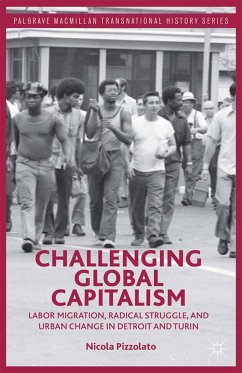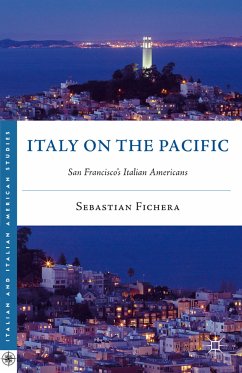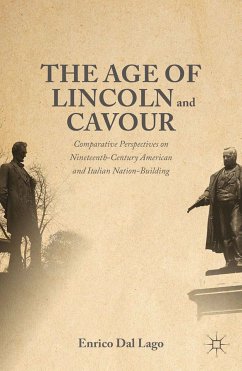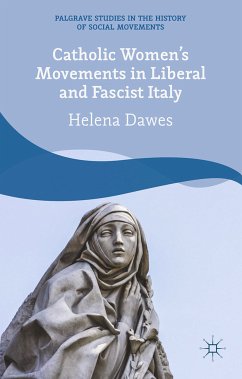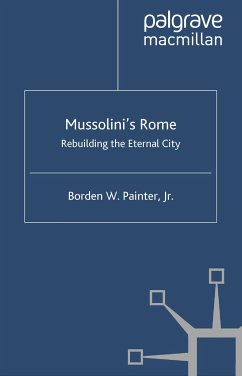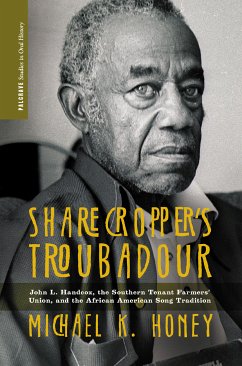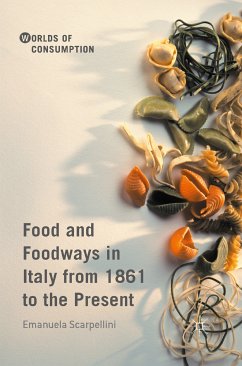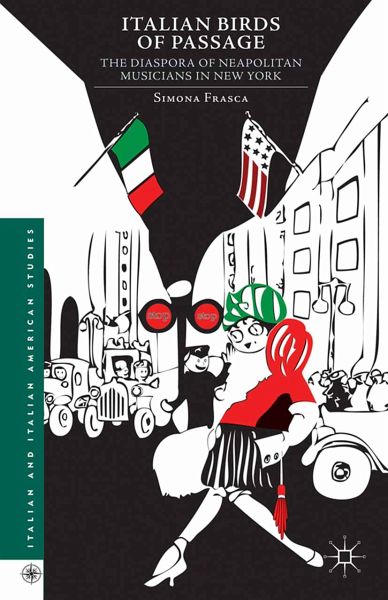
Italian Birds of Passage (eBook, PDF)
The Diaspora of Neapolitan Musicians in New York
Versandkostenfrei!
Sofort per Download lieferbar
40,95 €
inkl. MwSt.
Weitere Ausgaben:

PAYBACK Punkte
20 °P sammeln!
This book reviews the period from the unification of Italy to the fascist era through significant Neapolitan performers such as Gilda Mignonette and Enrico Caruso. It traces the transformation of a popular tradition written in dialect into a popular tradition, written in Italian, that contributed to the production of "American" identity.
Dieser Download kann aus rechtlichen Gründen nur mit Rechnungsadresse in A, B, BG, CY, CZ, D, DK, EW, E, FIN, F, GR, HR, H, IRL, I, LT, L, LR, M, NL, PL, P, R, S, SLO, SK ausgeliefert werden.



